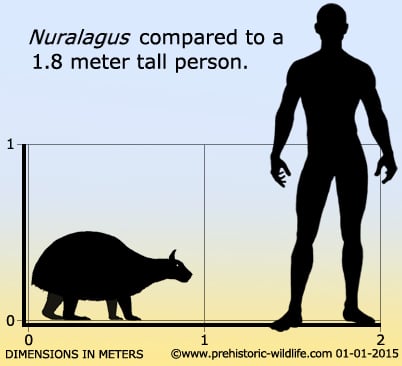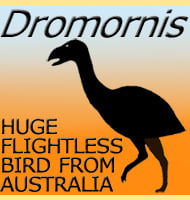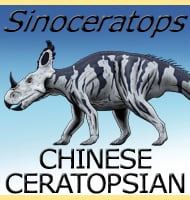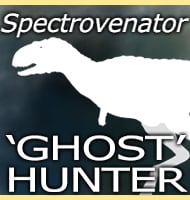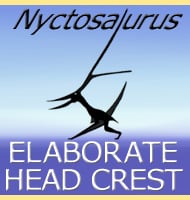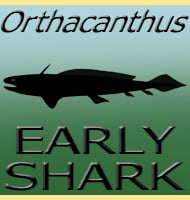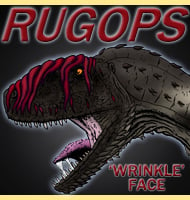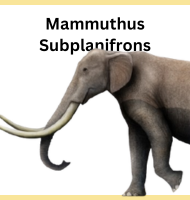In Depth
Further Reading
– Nuralagus rex, gen. et sp. nov., an endemic insular giant rabbit from the Neogene of Minorca. – Journal of Vertebrate Paleontology 31 (2): 231–240 – Josep Quintana, Mike Kohler, Salvador Moya-Sola – 2011. – Palaeontology: The giant rabbits of Minorca. – Nature 472: 9 – Meike Kohler – 2011. – Evolutionary History of Lagomorphs in Response to Global Environmental Change. – Plos One. – D. Ge, Z. Wen, L. Xia, Z. Zhang, M. Erbajeva – 2013.
